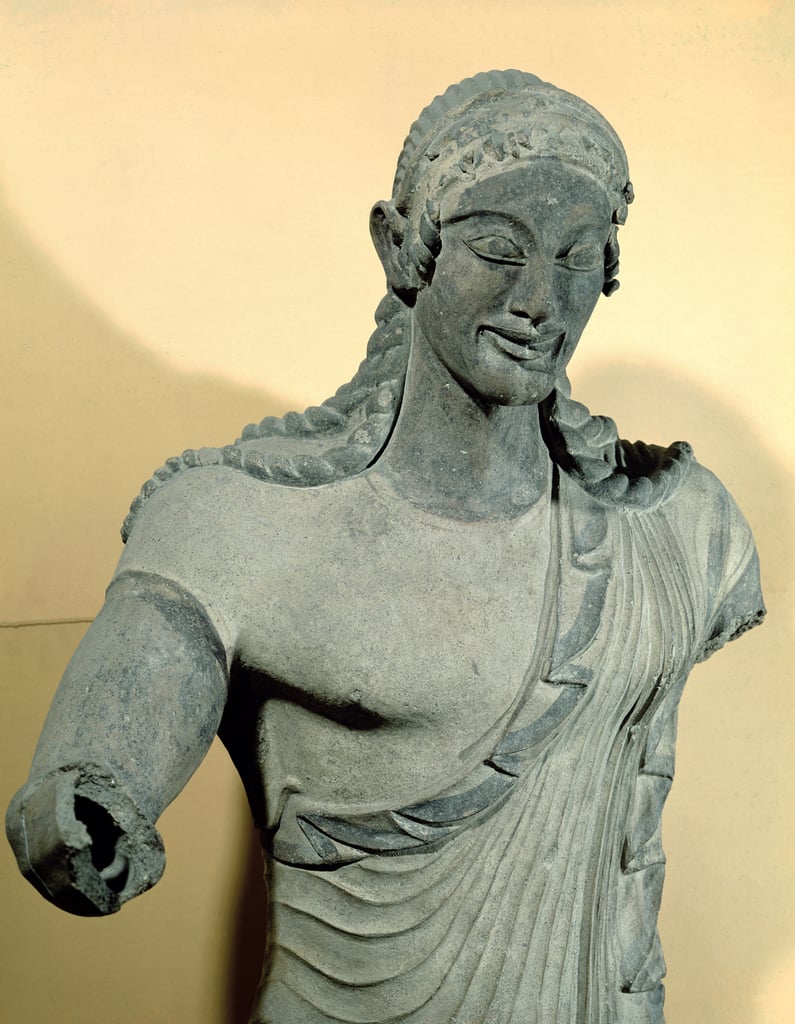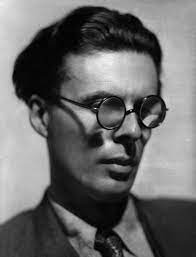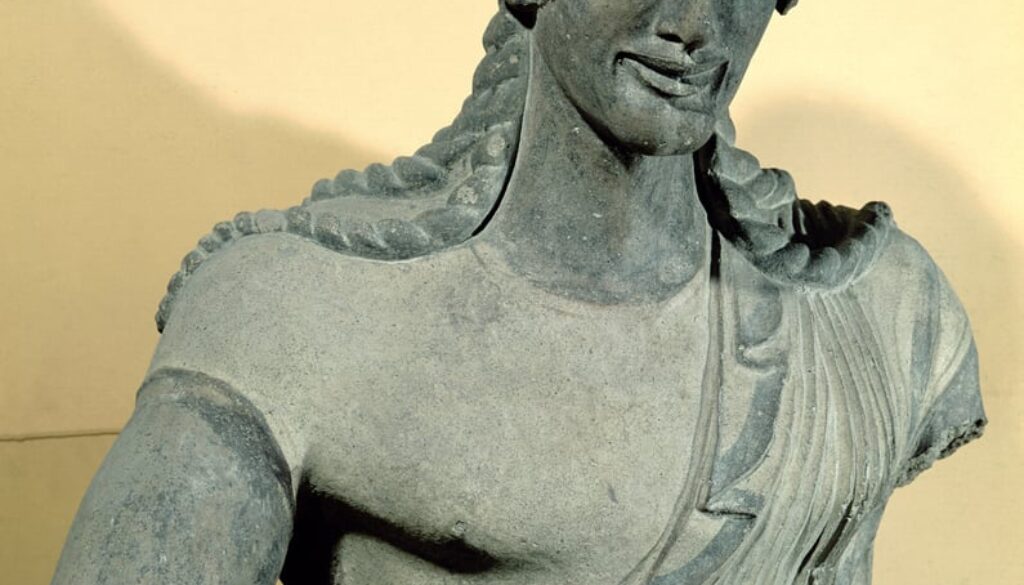Fact-Checking Arduous Huxley
When I was a callow youth at the Groton School, I worked at the bookstore and for some reason I ordered and read all the novels of Aldous Huxley. I don’t remember a thing about any of them except the opening scene of Eyeless in Gaza, where a man and woman are sunbathing on a roof and an airplane drops a fox terrier on them and they get spattered with blood.

Most of these books were a pretty tough slog, so I called him Arduous Huxley. He’s known for Brave New World, which moves right along at a pretty good clip, but many of his earlier works are what I call ‘old chap’ novels about English aristocrats in their London clubs and their shooting lodges.
So lately I’ve been working very hard at getting rid of books, and I picked up a collection of Arduous’ short stories called Brief Candles and decided to read it rather than throw it away. These stories are very much in the ‘old chap’ category, but I rekindled my youthful determination and slogged through them all to the last one entitled After the Fireworks. It’s about a jaded 50-something author (Miles) who gets a mildly provocative letter from a 20-something fan (Pamela) and they meet by chance and he tries to resist temptation and fails.
And then he runs away and she pursues and then she runs away and he pursues and there’s a lot of “Take me!” and a lot of “Please don’t!” and yada yada yada.
At one point he goes on for five pages raving about this Etruscan statue, the Apollo of Veii, and her feet hurt and she wants to sit down.
Then he gets jaundice and has to go to a water cure and he blames his young amour: “Pamela, after all, was the cause of the bile. For if he had not been so extenuated by that crazy love-making in the narrow cells of the Passionist Fathers at Monte Cavo, he would never have taken chill and the chill would never have settled on his liver and turned to jaundice.”
Well I wasn’t going to let him get away with that, so I called in an expert witness on literary/medical questions, Dr. Vijay Sikand, who ascribed the death of Tolstoy’s Ivan Ilych to stomach cancer. I asked whether catching a chill could cause jaundice.

To his credit, he slogged through the entire story, and here is his reply:
“To answer your question— no, a chill cannot cause jaundice. I read the entire novella. It indicates that (Miles) Fanning had liver disease of some sort before his Big Chill, likely cirrhotic.
“There are hundreds of causes of liver disease. Though Miles had been addicted to opioids, that class of drugs has not been implicated. It doesn’t appear that he drank booze heavily enough to cause alcoholic liver disease.
“It was a rather tedious novel to read but worthwhile nevertheless. Pamela was as bored with the Etruscan statue as you —and I—were.
“Did you think of Joyce Maynard/ Salinger while reading this story?”
Indeed I did. He was referring to a member of our class at Yale, Joyce Maynard, who went and lived with J.D. Salinger in New Hampshire and who, coincidentally, got a front-page story published in the New York Times Magazine about ‘our generation’ or something.
She later famously tried to sell his letters, which were purchased by some Salinger fans to keep them from being published. I lived in New Hampshire at the time and knew two very personable young women who had also written to Salinger and then gone to live with him.
And just so you don’t have to slog through After the Fireworks, I’ll tell you the ending: Pamela finds a nice young man her own age.

December 9, 2023 @ 3:46 am
A fascinating read. I only have one quibble and that is that the Apollo of Veii deserves better than he gets here.
My best to Vijay.